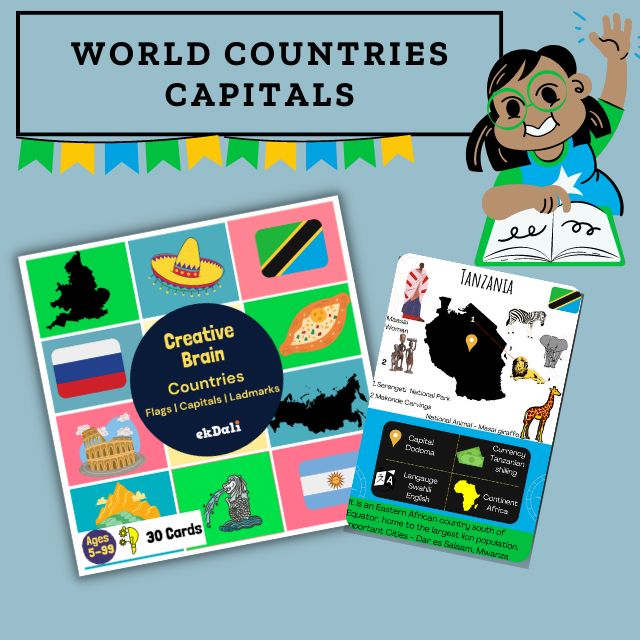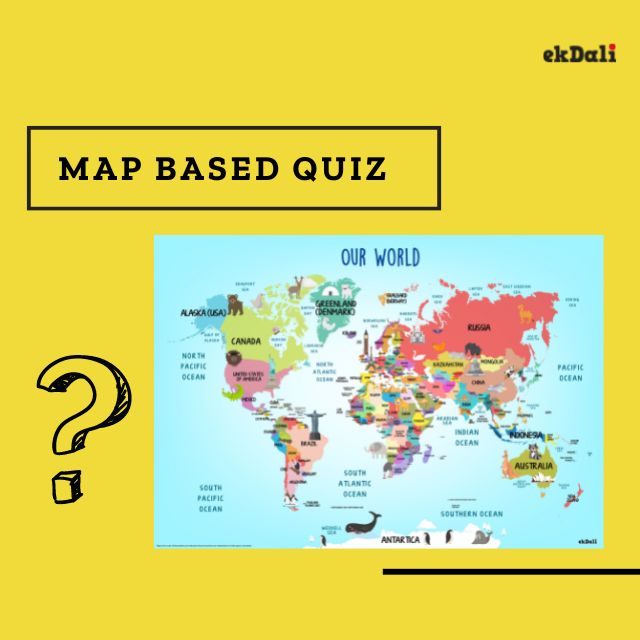We live in an electronic age. We know how to search the internet for anything and anything. The internet is a significant part of our lives, and it will be a big part of our children's life as they grow older. That is why they are often referred to as digital natives. However, because it is a difficult issue, we seldom ensure that children are equipped with the necessary skills to be safe and make the greatest use of digital technology accessible to them. In this series, we will take a step-by-step approach to digital literacy and its significance.
What exactly is digital literacy?
Literacy refers to knowledge and abilities in a certain field, such as health, money, computers, and, in this case, digital technology. You can live, learn, and work in a digital environment if you are digitally literate. It is more than just understanding how to use the internet and locate stuff on the internet.
Digital literacy is a set of information, abilities, and attitudes that enable you to be safe and confident as our world gets increasingly digital. This is a rudimentary definition that will most likely evolve.
What is the significance of digital literacy for children?
As previously noted, the world will become more digital in the future than it is today, making it critical to teach youngsters how to navigate it. Here are three explanations for this:
- Many students nowadays know how to utilize digital tools to achieve their goals before they attend school. For example, most youngsters understand how to launch an app and listen to a nursery rhyme. Digital literacy can help these kids use technology more appropriately.
- Children may benefit from digital literacy by learning to think critically about the material they find on the internet and comprehend concepts such as digital footprint and online safety. A youngster, for example, may be able to distinguish between good and negative information and take appropriate behaviors.
- Many things, including children's future work chances, may be dependent on how well they grasp and adapt to the ever-changing digital environment around them. Consider how rapidly students had to adapt to online learning during the epidemic.
Topics commonly addressed in digital literacy
Here are a few examples of standard digital literacy topics:
The distinction between online and offline worlds.
The advantages and disadvantages of utilizing technology to connect with people online.
The nature of information on the internet and how information on the internet persists indefinitely.
How online anonymity can lead to bullying.
Password-based online security measures.
Reasons why people do not own online material, even though they can use or save it.
-
 Posters, Flash Cards and Books are Great Conversation Starters
Posters, Flash Cards and Books are Great Conversation Starters -
 Our Posters and Flash Cards have reached over 300,000 kids
Our Posters and Flash Cards have reached over 300,000 kids -
 Same day shipping for orders before 1 PM. Next day shipping for orders post 1 PM
Same day shipping for orders before 1 PM. Next day shipping for orders post 1 PM -
 Write to us purchase@ekdali.com
Write to us purchase@ekdali.com



















